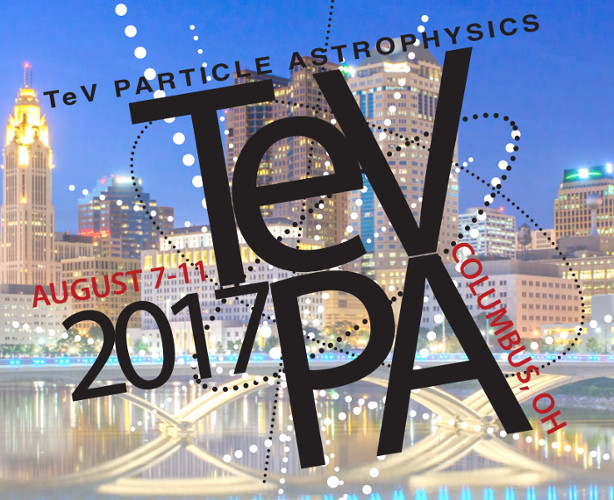Speaker
Description
The first and second observational runs of the Advanced LIGO and Virgo detectors are seeing the first detections of gravitational waves (GWs) from binary black holes. Future observational runs by advanced gravitational-wave detectors should measure not only stellar-mass binary black hole mergers but other compact object mergers that comprise neutron stars. We expect such systems to emit electromagnetic (EM) emission in addition to gravitational radiation as a result of the complex merger. Such cosmic laboratories present us today with both a challenge and an opportunity. The challenge is to explain how and where these systems formed and the rich physics at play in high velocity, strongly-curved spacetime in Universe for the first time. The opportunity is to detect the joint EM and gravitational radiation with a suite of new telescopes and GW detectors. In this talk, I will first discuss how to infer and characterise the fundamental properties of the black hole binary systems with GWs. I will then summarise the EM follow-up campaigns of the first GW detections. With these GW observations in hand, I will then introduce EM counterparts of neutron star binary mergers and then discuss how to place compact object mergers in their full astrophysical context with joint gravitational-wave and EM observations. I will conclude with the unprecedented opportunities that are opening up in strong-field gravity astrophysics during the coming decades.




